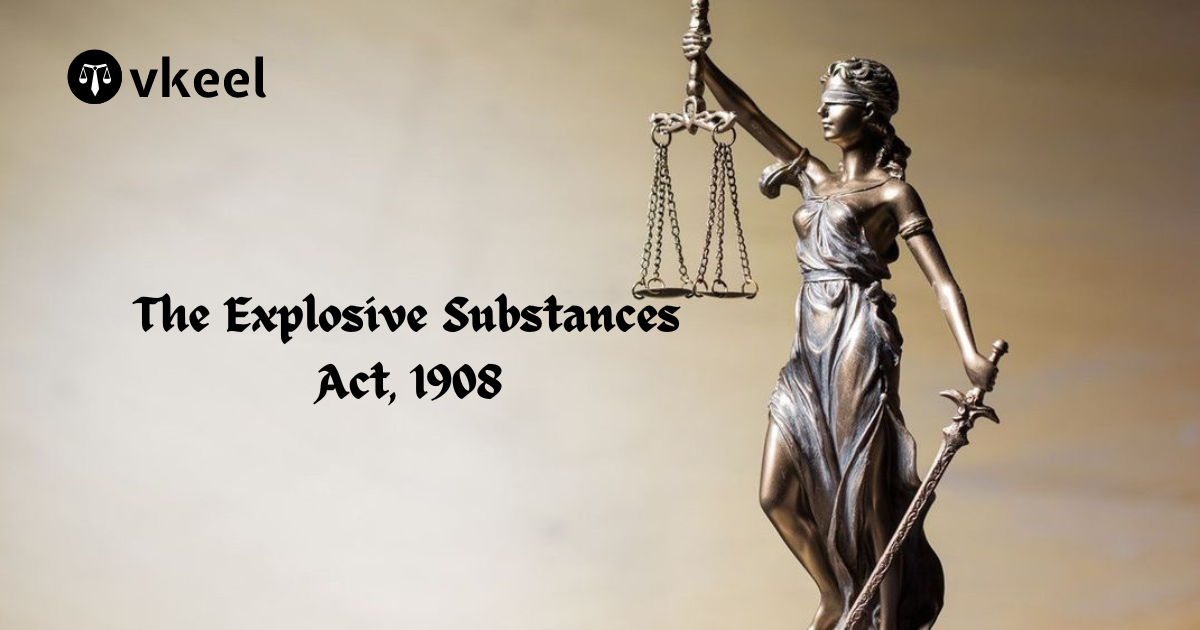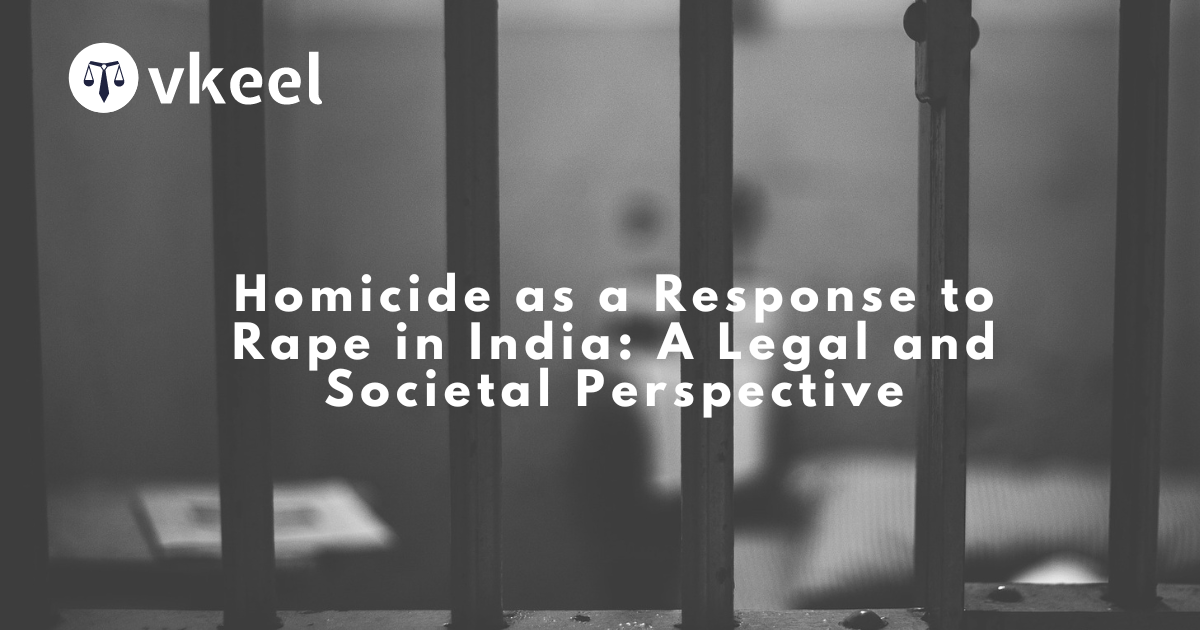Discrimination and Equality in the Workplace in India: A Legal Perspective
By Himanshu Kumar
Table of Contents
Introduction
Discrimination in the workplace is a critical issue that has been addressed by laws and regulations worldwide, and India is no exception. Despite significant progress in promoting equality, discrimination persists in various forms, whether based on gender, caste, religion, disability, or sexual orientation. The Indian legal framework has evolved to combat these issues, but the enforcement and implementation of these laws remain a challenge.
The primary reason for discrimination in the workplace often stems from deep-seated societal and cultural biases that influence attitudes and behaviors within organizations. Factors such as gender, caste, religion, and socioeconomic status significantly shape how individuals are perceived and treated. For instance, patriarchal norms may lead to gender-based discrimination, where women are often relegated to lower-paying jobs or face barriers to advancement. Similarly, caste-based prejudices can result in unequal opportunities and unfair treatment for individuals from marginalized communities. These biases are often unconscious, making them difficult to address without deliberate efforts to change organizational culture and policies.
Equality in the workplace, on the other hand, is driven by the recognition of these disparities and the need to create a fair and inclusive environment where all employees have equal opportunities to succeed. Legal frameworks, such as anti-discrimination laws and affirmative action policies, play a crucial role in promoting workplace equality. However, achieving true equality requires more than just legal compliance; it necessitates a cultural shift within organizations that values diversity, encourages equal participation, and actively works to eliminate biases in hiring, promotion, and day-to-day interactions. This commitment to equality can lead to a more productive, innovative, and harmonious workplace where all employees feel valued and respected.
Understanding Discrimination in the Workplace
Discrimination in the workplace occurs when an employee or a group of employees is treated unfairly or unequally based on certain characteristics, such as gender, caste, religion, disability, or sexual orientation. Discrimination can manifest in various forms, including:
- Direct Discrimination: When an employee is treated less favorably than others due to their characteristics.
- Indirect Discrimination: When a policy or practice applies to all employees but disproportionately affects a particular group.
- Harassment: Unwanted conduct related to a characteristic that creates an intimidating, hostile, or offensive environment.
- Victimization: Unfair treatment of an employee who has made or supported a complaint about discrimination.
Legal Framework Against Workplace Discrimination in India
India’s Constitution and various statutory laws provide a robust framework to address workplace discrimination. Some of the key legal provisions include:
Constitutional Provisions:
- Article 14: Guarantees equality before the law and equal protection of the laws to all individuals.
- Article 15: Prohibits discrimination on the grounds of religion, race, caste, sex, or place of birth.
- Article 16: Ensures equality of opportunity in matters of public employment and prohibits discrimination in employment or office under the State.
The Equal Remuneration Act, 1976:
- This Act mandates equal pay for equal work for men and women and prohibits discrimination based on gender in recruitment and working conditions.
The Sexual Harassment of Women at Workplace (Prevention, Prohibition, and Redressal) Act, 2013:
- This Act aims to protect women from sexual harassment at the workplace and provide a mechanism for redressal.
The Rights of Persons with Disabilities Act, 2016:
- This Act prohibits discrimination against individuals with disabilities in matters of employment and mandates reasonable accommodation for such individuals.
The Transgender Persons (Protection of Rights) Act, 2019:
- This Act prohibits discrimination against transgender persons in employment and ensures their right to equality and non-discrimination.
Case Laws on Workplace Discrimination in India
Several landmark judgments by Indian courts have reinforced the principles of equality and non-discrimination in the workplace. Some of the notable cases include:
Vishaka & Ors. v. State of Rajasthan (1997):
- In this landmark case, the Supreme Court laid down guidelines to prevent sexual harassment at the workplace. These guidelines, known as the Vishaka Guidelines, were later codified in the Sexual Harassment of Women at Workplace (Prevention, Prohibition, and Redressal) Act, 2013.
Air India v. Nergesh Meerza & Ors. (1981):
- The Supreme Court held that the termination of services of an Air India air hostess on becoming pregnant was unconstitutional and discriminatory. The court struck down the rule as violative of Articles 14, 15, and 16 of the Constitution.
Indra Sawhney v. Union of India (1992):
- This case, also known as the Mandal Commission case, dealt with the reservation of jobs for backward classes. The Supreme Court upheld the constitutionality of job reservations but also imposed a cap of 50% on reservations in public employment.
National Legal Services Authority v. Union of India (2014):
- In this landmark judgment, the Supreme Court recognized transgender persons as a third gender and directed the government to provide reservations in education and public employment, thereby combating discrimination against them.
The Chairman, Railway Board & Ors. v. Mrs. Chandrima Das (2000):
- The Supreme Court held that rape committed against a foreigner at a railway station by government employees amounted to a violation of fundamental rights, reinforcing the principles of equality and non-discrimination in the context of workplace safety.
Recent Amendments and Developments
The Maternity Benefit (Amendment) Act, 2017:
- This amendment increased the maternity leave from 12 weeks to 26 weeks for women employees, reinforcing the principle of equality by providing better support for working mothers.
The Code on Wages, 2019:
- This Code amalgamates four labor laws related to wages and ensures equal remuneration and non-discrimination in wage payments. It applies to all employees, regardless of their gender.
The Occupational Safety, Health and Working Conditions Code, 2020:
- This Code consolidates various laws related to workplace safety, health, and working conditions. It includes provisions to prevent discrimination and ensure equality in workplace practices.
The Transgender Persons (Protection of Rights) Act, 2019:
- The Act explicitly prohibits discrimination against transgender persons in employment and mandates equal opportunities in recruitment, promotion, and other employment-related matters.
The Rights of Persons with Disabilities Act, 2016:
- This Act was amended to enhance the protection of persons with disabilities in the workplace, ensuring non-discrimination and equal opportunity.
Challenges in Enforcement and Implementation
Despite the robust legal framework, the enforcement and implementation of anti-discrimination laws in India face several challenges:
Lack of Awareness:
- Many employees and employers are unaware of the legal provisions and rights related to workplace discrimination. This lack of awareness hinders the effective enforcement of laws.
Cultural and Societal Norms:
- Deep-rooted cultural and societal norms often perpetuate discriminatory practices in the workplace, making it difficult to eliminate them entirely.
Inadequate Redressal Mechanisms:
- The existing redressal mechanisms, such as internal complaints committees, are often inadequate and biased, leading to the underreporting of discrimination cases.
Slow Judicial Process:
- The slow judicial process in India often delays the resolution of discrimination cases, discouraging victims from seeking legal recourse.
Lack of Representation:
- Marginalized groups, such as women, transgender persons, and individuals with disabilities, often lack representation in decision-making positions, which perpetuates inequality in the workplace.
The Way Forward
To achieve true equality in the workplace, India must address the challenges in enforcing anti-discrimination laws and create an environment that promotes diversity and inclusion. Some steps that can be taken include:
Awareness Campaigns:
- Conducting widespread awareness campaigns to educate employees and employers about their rights and obligations under anti-discrimination laws.
Strengthening Redressal Mechanisms:
- Enhancing the effectiveness of internal complaints committees and other redressal mechanisms to ensure impartiality and prompt resolution of discrimination cases.
Training and Sensitization:
- Providing regular training and sensitization programs for employees, managers, and HR personnel to foster a culture of equality and non-discrimination.
Incentivizing Diversity:
- Encouraging companies to adopt diversity and inclusion policies by providing incentives, such as tax benefits or public recognition.
Judicial Reforms:
- Implementing judicial reforms to expedite the resolution of workplace discrimination cases and ensure timely justice for victims.
Conclusion
Discrimination and equality in the workplace are complex issues that require a multifaceted approach to address effectively. While India has made significant strides in establishing a legal framework to combat workplace discrimination, challenges in enforcement and implementation remain. By strengthening awareness, redressal mechanisms, and promoting a culture of inclusion, India can move closer to achieving true equality in the workplace. The journey towards a discrimination-free workplace is ongoing, but with continued efforts, it is possible to create a more just and equitable work environment for all.
Disclaimer:
The information provided in the article is for general informational purposes only, and is not intended to constitute legal advice or to be relied upon as a substitute for legal advice. Furthermore, any information contained in the article is not guaranteed to be current, complete or accurate. If you require legal advice or representation, you should contact an attorney or law firm directly. We are not responsible for any damages resulting from any reliance on the content of this website.






